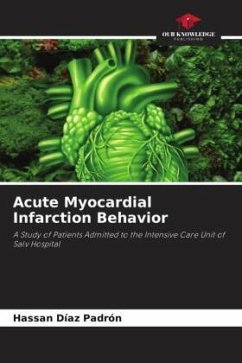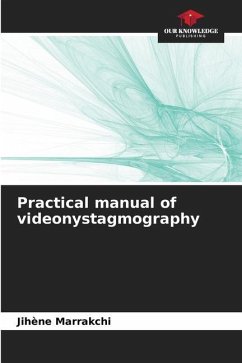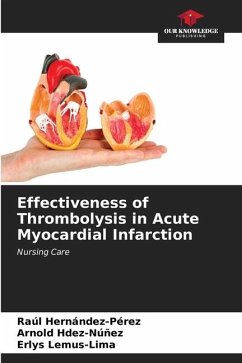
Vertigo
Also called dizziness
Versandkostenfrei!
Versandfertig in 6-10 Tagen
36,99 €
inkl. MwSt.

PAYBACK Punkte
18 °P sammeln!
To understand the pathophysiology or the problem of dizziness is to understand the brain and its nerve connections. The word itself carries with it confusion. The sensations in general are difficult to describe, so a comparison is made to the situation that brings one. Commonly called seasickness that of falling down a hole or that of being in a boat, etymologically comes from the word tide and is the sensation of the traveler in a boat and vertigo (From lat. vertigo, - nis, circular motion. Sensation of loss of balance of the gyratory type (in fact the word vertigo comes from "vertere": gyrat...
To understand the pathophysiology or the problem of dizziness is to understand the brain and its nerve connections. The word itself carries with it confusion. The sensations in general are difficult to describe, so a comparison is made to the situation that brings one. Commonly called seasickness that of falling down a hole or that of being in a boat, etymologically comes from the word tide and is the sensation of the traveler in a boat and vertigo (From lat. vertigo, - nis, circular motion. Sensation of loss of balance of the gyratory type (in fact the word vertigo comes from "vertere": gyration) or instability with anteroposterior swaying. There is another term also called kinetosis, however medically it is known as VERTIGO.














